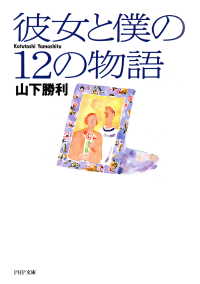Description
(Text)
Flowers are not only used for decoration of savory dishes and desserts but also provide a unique combination of sensations that enhance the nutritional profile of various foods. Owing to increasing knowledge about the composition, antioxidant and biological properties of edible flowers and availability of metabolomics to identify their chemical components, there are many possibilities for development of nutraceuticals and functional foods using edible flowers. Since edible flowers have antioxidants, fiber, and even some proteins, they can be used in various meal plans. The most common phytochemical compounds found in edible flowers are carotenoids, flavonoids, phenolic acids and anthocyanins. The food industry could benefit by fulfilling the market demand of functional foods through the development of edible flower-based foods, allowing for the valorization of unexplored or underexplored flower species.
Edible Flowers: Source of Phytonutrients, Valorization and Technological Advancements focuses on the most up to date information on edible flowers species, consumer acceptance, nutritional and functional properties, as well as the latest methods for processing, post-harvest management and preservation, biological activity, health benefits, formulation of functional foods, nanoparticle synthesis, safety issues, toxicological effects, cultural uses and current market trends.
(Table of content)
Edible flowers: An overview.- Postharvest Processing Methods of Edible Flowers for Their Extended Preservation.- Exploring the Nutrients, Antioxidants, and Bioactive Compounds in Edible Flowers.- Mineral Composition of Edible Flowers.- Effect of Packaging Materials and Storage Period on Phytonutrient Content of Edible Flowers.- Antioxidant Potential of Edible Flowers.- Bioactive Compounds and Therapeutic Potential of Edible Flowers.- Toxicological Effects of Edible Flowers.- Nanoparticle Synthesis from Edible Flowers and their Food Applications.- Quantification and Characterization of Edible Flowers.- Safety Concerns/Issues and Consumer Acceptance of Edible Flowers.- Food Applications of Edible Flowers.- Health Benefits/Claims of Edible Flowers.- Valorization of Edible Flowers for Development of Novel Food and Dairy Products.- Technological Advancements and Current Market Trends in the Edible Flowers Industry.
(Author portrait)
Dr. Amrita Poonia is an Assistant Professor in the Department of Dairy Science and Food Technology, Institute of Agricultural Sciences, Banaras Hindu University
Parmjit S. Panesar is a Professor at Food Biotechnology Research lab, Sant Longowal Institute of Engineering and Technology
Maricarmen Iñiguez Moreno is a Researcher at Department of Physics and Mathematics, Universidad de Monterrey, Avenida Morones Prieto 4500, San Pedro Garza García 66238, NL, Mexico.
-

- 電子書籍
- 学校では教えてくれない大切なこと33お…
-

- 電子書籍
- 彼女と僕の12の物語






